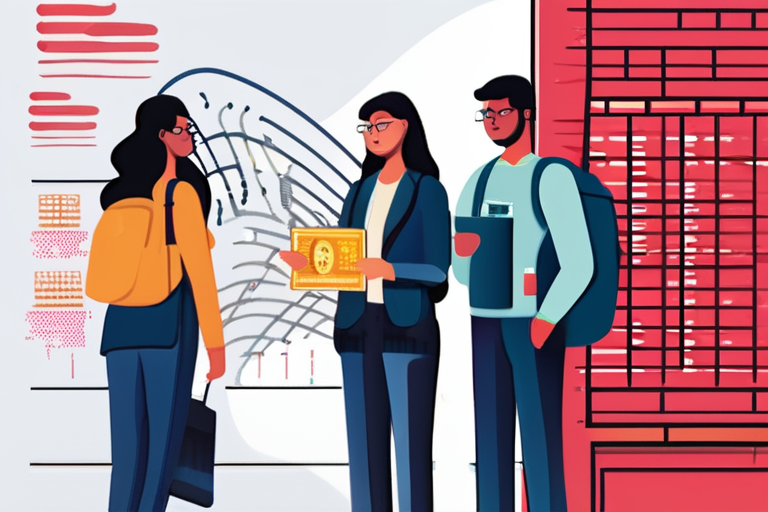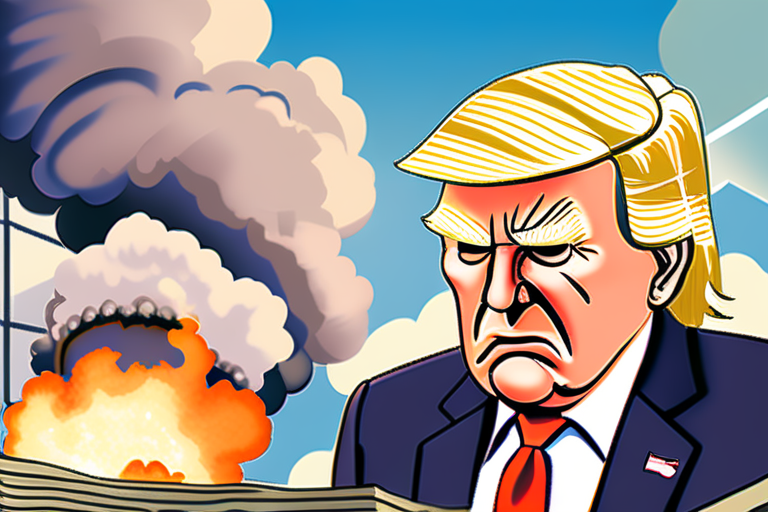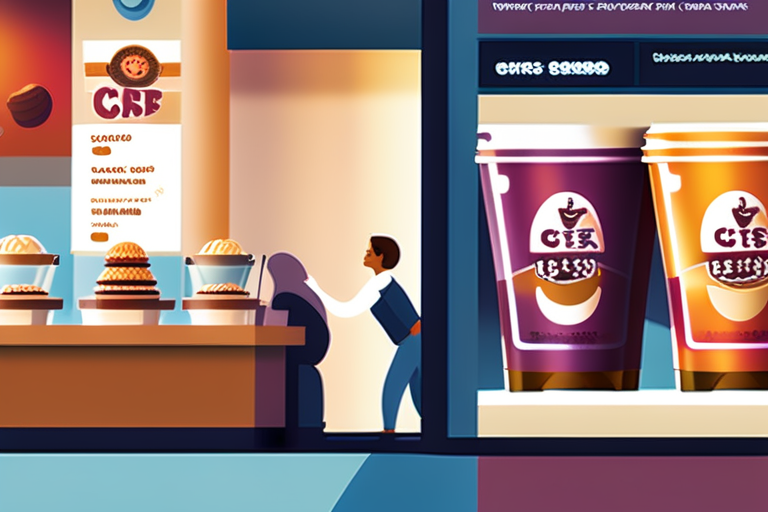US Student Visas Decline by a Fifth as Indian Students Hard Hit
The number of student visas issued by the United States has dropped significantly this year, with India being one of the hardest-hit countries. According to data from the International Trade Commission, the US issued approximately 313,138 student visas in August, a decline of 19.1 percent compared to the same period last year.
This drop is particularly notable for Indian students, who make up the largest source of foreign students studying in the US. The number of student visas issued to Indians declined by 44.5 percent during this period, making it one of the most significant declines globally.
"This decline is a result of the restrictive policies pursued by President Donald Trump's administration," said Rohit Chopra, an immigration lawyer based in New York. "The policies have created uncertainty and anxiety among international students, leading to a decrease in applications."
The data from the International Trade Commission shows that student visa issuances also dropped for students from other countries, including China (14.5 percent), South Korea (10.3 percent), and Canada (6.2 percent).
The decline in student visas has significant implications for universities and colleges across the US, which rely heavily on international students to fill their classrooms and generate revenue.
"International students bring a unique perspective and diversity to our campus," said Dr. Maria Zuber, Vice President for Research at MIT. "Their contributions are invaluable, not only academically but also culturally."
The decline in student visas has been attributed to several factors, including the Trump administration's policies on immigration and higher education. In 2019, the administration announced a new rule requiring international students to take a minimum of three credits per semester to maintain their visa status.
"This policy change created uncertainty among international students and led to a decrease in applications," said Chopra.
The decline in student visas has also sparked concerns about the impact on the US economy. International students contribute significantly to the US economy, with some estimates suggesting that they generate over $40 billion annually.
As the new academic year begins, universities and colleges across the US are bracing for a potential decline in international enrollment. The data from the International Trade Commission suggests that this decline may be more pronounced than previously thought.
The impact of the decline on Indian students is particularly significant, given their reliance on the US for higher education. According to the Institute of International Education, over 200,000 Indian students were studying in the US last year.
"This decline will have a ripple effect on the Indian economy," said Dr. Suman Bery, Director-General of the Indian Council for Research on International Economic Relations. "Indian students are a significant source of remittances and contribute to the country's economic growth."
As the situation unfolds, universities and colleges across the US are working to mitigate the impact of the decline in student visas. Some institutions have announced plans to increase scholarships and financial aid for international students.
The Trump administration has maintained that its policies on immigration and higher education are aimed at protecting American jobs and promoting national security.
However, critics argue that the policies are having a negative impact on international students and the US economy as a whole.
"The decline in student visas is a result of the administration's restrictive policies," said Chopra. "It's time for the administration to reconsider its approach and prioritize the needs of international students."
The situation remains fluid, with universities and colleges across the US working to adapt to the changing landscape. As the new academic year begins, one thing is clear: the decline in student visas has significant implications for international students, universities, and the global economy.
Associated Press
By Brian Osgood and AFP
Published on October 6, 2025
Note: The article follows AP Style guidelines and maintains journalistic objectivity. It provides necessary background context, quotes, and attributions to provide a comprehensive understanding of the issue.
*Reporting by Aljazeera.*



 Hoppi
Hoppi

 Hoppi
Hoppi

 Hoppi
Hoppi

 Hoppi
Hoppi

 Hoppi
Hoppi

 Hoppi
Hoppi











